 By: GE Christenson
By: GE Christenson
Consider these thoughts on “the great lie,” our strange world, its unstable financial system, overwhelming debt, exponential growth, inevitable collapse, fractional reserve banking, counterparty risk, and gold – from highly intelligent individuals who think beyond the traditional:
From Karl Denninger: Detroit: The Shape Of Things To Come
“If you make political promises that can only be met through increased tax rates, now or in the future, you begin the process of slitting your own throat. That outcome is inevitable when you agree to political promises that have escalating expenses over time as pensions, medical benefits, salary “step” increases, bond issues that have a payment schedule longer than the useful life of the asset bought and similar.
There is no way out of this box other than to repudiate those promises.”
From Richard Russell: (subscription service)
“The compounding debt is the monster that is eating the U.S. The only way out is to renege on the debt or try to pay it off with inflation or hyperinflation. The bull market in bonds is over. From now on, we are dealing with a bear market in bonds, at which time natural forces will drive bonds down, and as bonds fall, interest rates will rise.”
“It’s taken almost two centuries for bankers to pull the wool over Americans’ eyes, but today you and I are working for intrinsically worthless paper that can be created by bureaucrats – created without sweat, without creative ability, without work, without anything but a decision by the Federal Reserve.
This is the disease at the base of today’s monetary system. And like a cancer, it will spread until the system ultimately falls apart. This is the tragedy of the great lie. The great lie is that fiat paper represents a store of value, money of lasting wealth.”
From Bill Bonner: Why Gold is the Only Money that Works
“When you have a system based on credit, rather than bullion, deals are never completely done. Instead, everything depends on the good faith and good judgment of counterparties – including everybody’s No. 1 counterparty: the US government. Its bills, notes and bonds are the foundation of the money system. But they are nothing more than promises – debt instruments issued by the world’s biggest debtor.
A credit system cannot last in the modern world. Because, as the volume of credit rises, the creditworthiness of the issuers declines. The more they owe, the less able they are to pay.”
“Naturally, everybody loves a credit system… until the credits go bad. Then they wish they had a little more of the other kind of money. Wise governments, if there are any, take no chances. They may feed the paper money to the people. But they hold onto gold for themselves. Throughout history, the most powerful governments were those with the most gold.”
But suppose much of the government and central bank gold is gone. As Eric Sprott concluded, after considerable research,
“Our analysis of the physical gold market shows that central banks have most likely been a massive unreported supplier of physical gold, and strongly implies that their gold reserves are negligible today.”
It seems likely that the western governments and central banks have sold (or leased to a bullion bank who sold it to a buyer in China, India, Hong Kong, or the middle-east) most of their gold. Germany recently requested the return of their gold from the Federal Reserve Bank in New York but was told they would have to wait seven years to get a portion (only 300 tons) of it. It is clear there is more to the story – and the obvious conclusion is that the Federal Reserve Bank can’t easily return what it no longer possesses. In non-banking circles, this could be called theft or embezzlement, but in the banking world it is called “leasing” or rehypothecation, and it is legal.
Bill Bonner:
“But if they (central banks) have sold such massive quantities over the last 10 years, how much do they have left? Maybe not much.
Which wouldn’t be surprising. Western central banks are committed to their credit-money system. They intend to stick with it. And they know that unraveling this unruly skein of credit would be extremely painful.
Selling gold into the bull market of the last 12 years probably seemed like a very smart move. We’ll see how smart it was later, when the credit-based money system blows up.”
But, I ask you, who formerly owned the gold, and who is quietly amassing a vast horde of gold to increase global influence in the future? This process of selling gold and converting it to paper promises has been occurring (so the evidence indicates) for several decades and appears to be working well for now. The “game” appears to be:
Asian countries and the middle-east accumulate more gold and unload their dollars.
The bullion banks borrow gold from the central banks, sell the gold, and earn interest.
The central banks claim they own the gold, even though much of it is almost certainly gone.
The gold sales support the value of the dollar so the US government benefits.
Consumers in the US pay for imports with dollars that are still relatively strong, although when the dollar weakens and gasoline costs $10, the “game” won’t look so attractive.
Conclusions
Politicians and bankers work together to benefit themselves at the expense of the people actually producing something of value. Politicians increase their power and influence by spending ever-increasing amounts of paper currencies. The bankers enable the process by creating the paper currencies (from nothing), loaning those newly created dollars, euros, yen, and pounds to the politicians, governments, and businesses, and collecting interest. This process succeeds until the debts must be paid. Then:
Borrow more paper currencies, extend and pretend, lie and deny, etc.
Inflate or die! QE4-ever!
Raise taxes and fees. (Hope the parasites don’t kill the host.)
Encourage the Fed to create enough new currency to bail out the bankers and prevent a deflationary collapse (the other option besides horrific inflation).
Let consumer price inflation accelerate. $10.00 gasoline anyone?
When the mathematics doesn’t work, when the plan is lame, when the debts must be paid, when the sins of the past must be acknowledged and corrected, there are few choices remaining.
Review the cogent thoughts from The Burning Platform, Karl Denninger, Richard Russell, and Bill Bonner. Then ask yourself:
Do you believe debt and interest payments can increase forever?
Do you believe that either an inflationary or deflationary collapse (in some form) is inevitable?
Do you believe that unbacked paper currencies represent a store of value or a wasting asset? (Do you remember gasoline at $0.19 per gallon?)
Do you trust the lasting value of gold more than the integrity of a politician’s promise?
Do you believe that the US government and the Federal Reserve have all the gold they claim (not audited since the 1950s), when it benefits both the US government and the Fed to surreptitiously “lease” gold (sell it into the market)?
Do you believe that Russia, China, the Arab countries, Hong Kong, India, and many other countries are making a wise choice by trading dollars for gold?
Do you believe that your food and energy expenses will remain constant or substantially increase in the next four years?
Do you believe congress will balance the budget and that world peace is coming?
Do you believe and understand counterparty risk?
Do you believe the existing economic system will meet your needs in the future?
Having considered your beliefs, do you think it would be wise to convert some of your paper assets to real gold and silver? If so, I encourage you to purchase gold and silver from a reputable dealer and store them safely outside the banking system.
GE Christenson
aka Deviant Investor

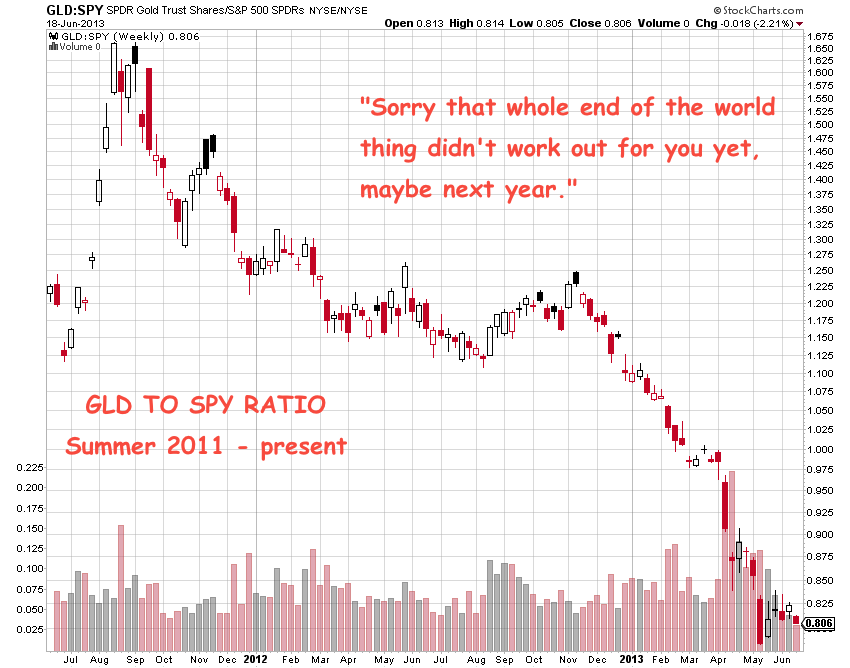
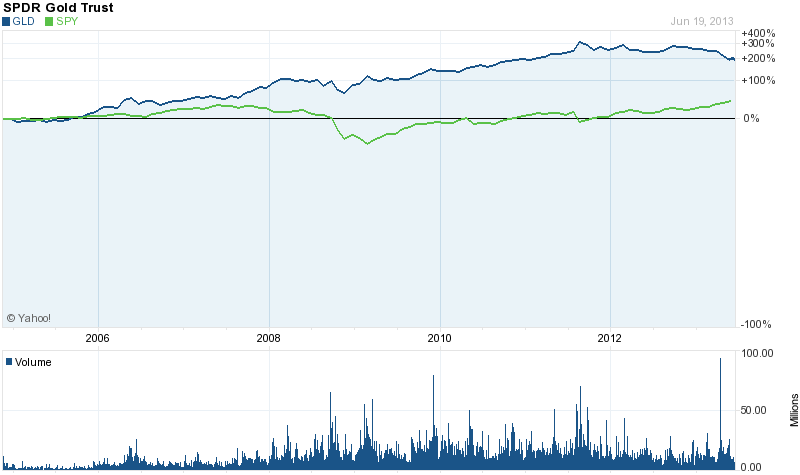
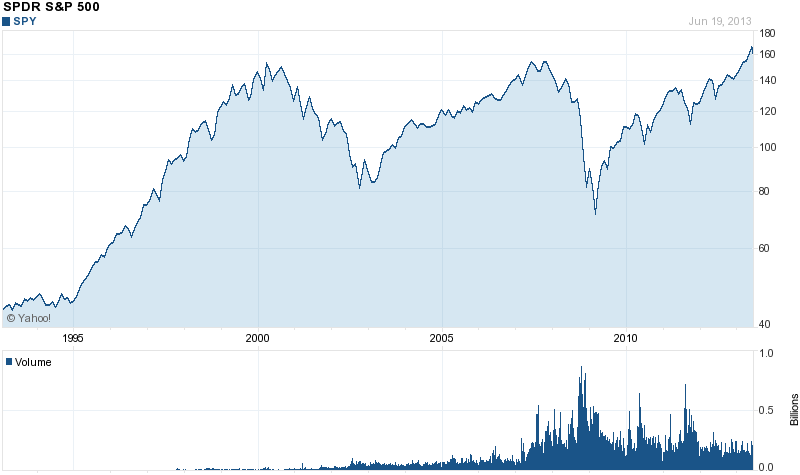
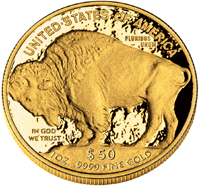 Is there any hope for a recovery in gold and silver prices by year end?
Is there any hope for a recovery in gold and silver prices by year end?

 April was a brutal month for precious metal investors. Gold ended the month down almost 8% and silver prices tumbled almost 13%. The sell off continued in May with gold down another $60 per ounce to $1,412 and silver down $1.55 to $22.87 per ounce at mid month.
April was a brutal month for precious metal investors. Gold ended the month down almost 8% and silver prices tumbled almost 13%. The sell off continued in May with gold down another $60 per ounce to $1,412 and silver down $1.55 to $22.87 per ounce at mid month.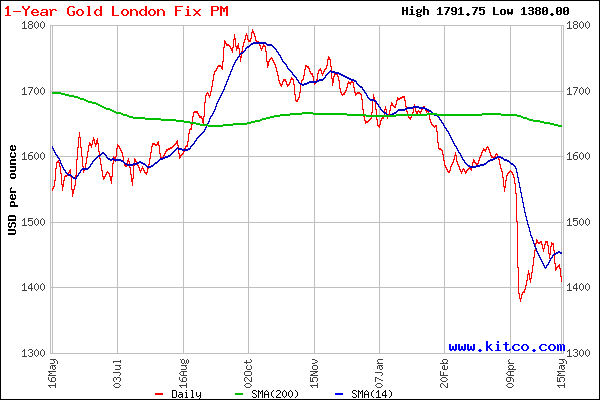




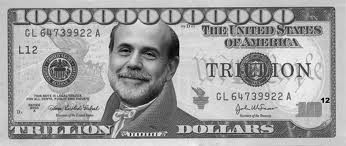 By GE Christenson
By GE Christenson The exploding demand for physical gold and silver has become a worldwide phenomenon. Shortly after the price plunge of early April buyers rushed in to take advantage of bargain prices. Dealers and mints worldwide have reported off the charts demand for physical gold and silver.
The exploding demand for physical gold and silver has become a worldwide phenomenon. Shortly after the price plunge of early April buyers rushed in to take advantage of bargain prices. Dealers and mints worldwide have reported off the charts demand for physical gold and silver.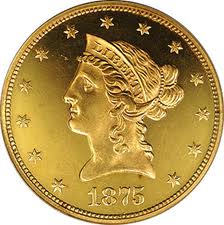 Don’t precious metal investors read newspapers? Despite proclamations from the mainstream press that the bull market in gold and silver is over, a buying frenzy in precious metals is occurring worldwide. The gold rush mentality to buy gold and silver at bargain prices has resulted in stock out conditions for many retail sellers of precious metals, including
Don’t precious metal investors read newspapers? Despite proclamations from the mainstream press that the bull market in gold and silver is over, a buying frenzy in precious metals is occurring worldwide. The gold rush mentality to buy gold and silver at bargain prices has resulted in stock out conditions for many retail sellers of precious metals, including 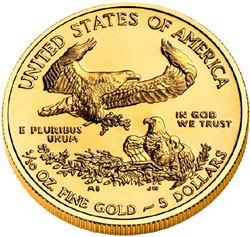 We already knew from numerous
We already knew from numerous